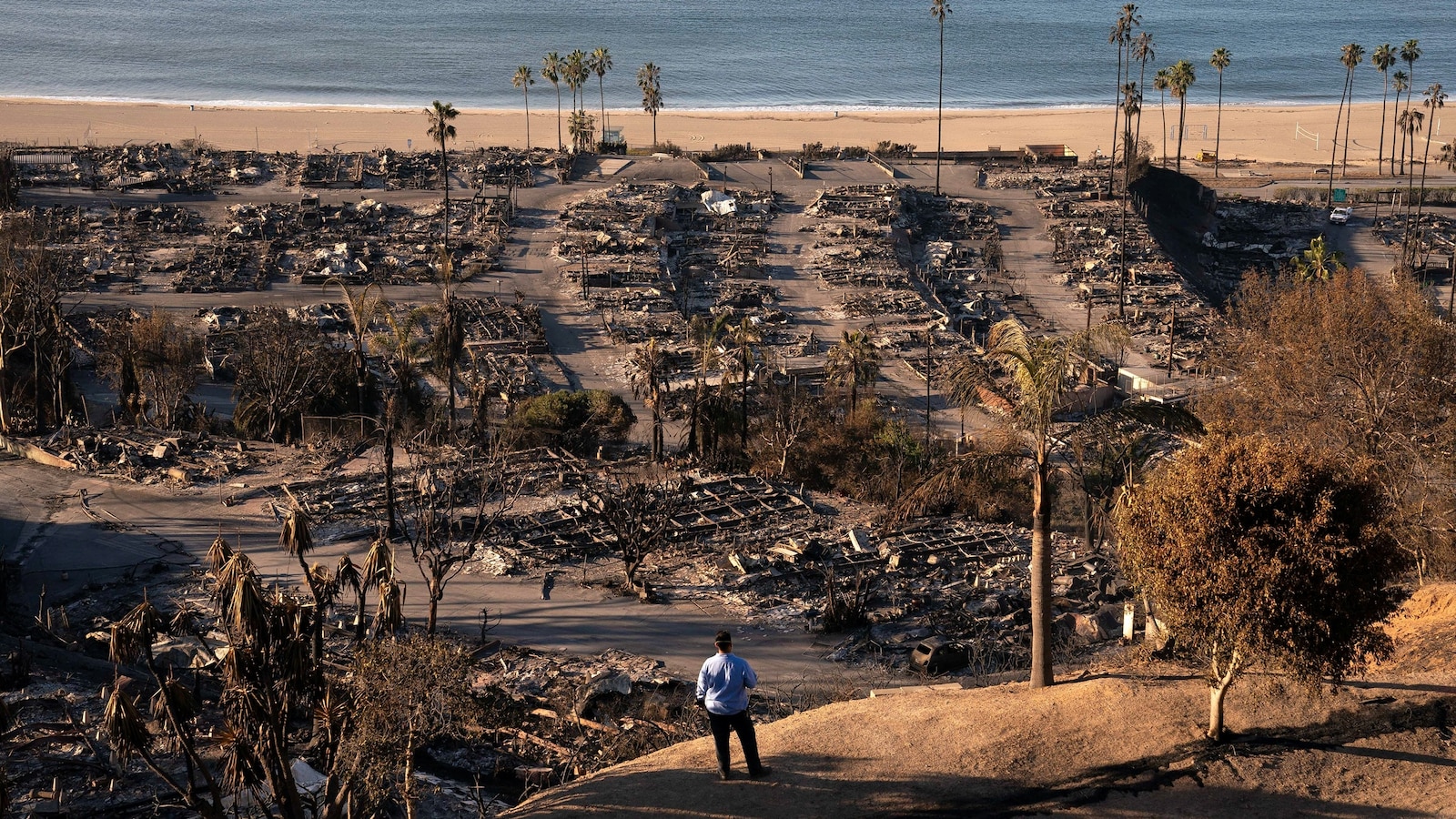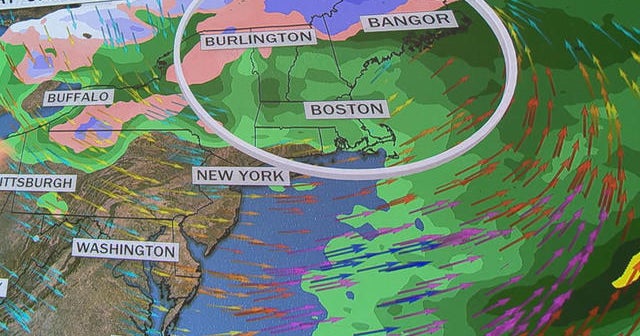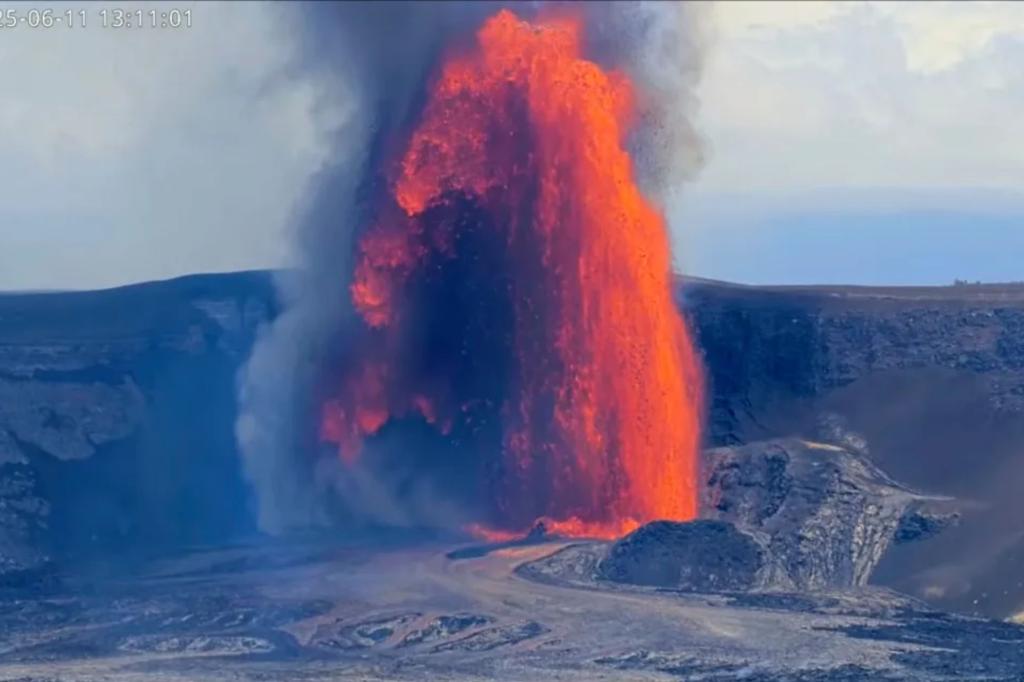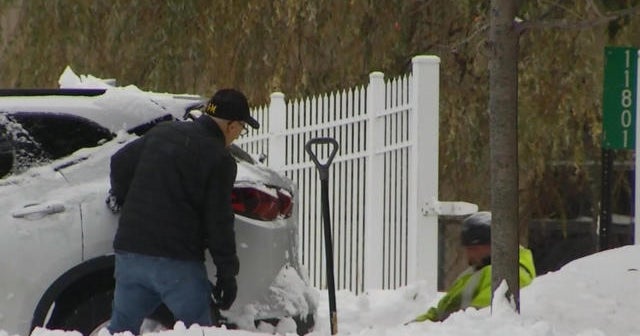Unprecedented Infernos: How Los Angeles Wildfires Are Shaping a Crisis
The wildfires raging across Los Angeles have reached alarming levels, marking one of the most devastating seasons in recent history. As the flames consume vast areas, the city’s response and the implications for the future are becoming increasingly critical. With climate change exacerbating the frequency and intensity of these fires, understanding the underlying causes and exploring effective strategies for mitigation is essential for the survival of both the environment and the communities affected.
The Current State of Wildfires in Los Angeles
Los Angeles, known for its stunning landscapes and vibrant culture, has found itself battling a series of unprecedented wildfires in recent years. The 2023 wildfire season has been particularly brutal, with flames sweeping through thousands of acres, threatening homes, wildlife, and air quality. The combination of extreme heat, prolonged drought, and Santa Ana winds creates a perfect storm for wildfires, making the region exceptionally vulnerable.
As of late summer 2023, several major fires have been reported, including the Woolsey Fire and the Tick Fire, both of which have prompted mass evacuations and significant firefighting efforts. Firefighters have faced challenges due to rough terrain and intense weather conditions, leading to an urgent need for improved strategies and resources.
Environmental Impacts
The environmental repercussions of these wildfires extend far beyond immediate destruction. The loss of vegetation and wildlife habitat leads to soil erosion and disrupts local ecosystems. Furthermore, the fires release substantial amounts of carbon dioxide and other greenhouse gases into the atmosphere, contributing to climate change. This cycle perpetuates the conditions that fuel more wildfires, creating a daunting challenge for environmentalists and policymakers alike.
Health Consequences
The air quality in Southern California often deteriorates during wildfire season, with smoke and particulate matter posing significant health risks. Vulnerable populations, including children, the elderly, and those with pre-existing respiratory conditions, are particularly at risk. Hospitals frequently report increased admissions related to asthma and respiratory distress during peak fire activity.
- Stay Informed: Monitoring air quality indices can help residents take necessary precautions.
- Stay Indoors: During severe smoke events, it’s advisable to remain indoors with windows closed.
- Use Air Purifiers: Investing in air purifiers can improve indoor air quality during wildfire smoke events.
Community Response and Resilience
The community response to wildfires in Los Angeles has evolved over the years, with local agencies and organizations coming together to enhance preparedness and resilience. Fire departments, emergency services, and community groups are implementing new strategies to manage the crisis more effectively.
Emergency Preparedness
One of the key focuses has been on emergency preparedness. Public awareness campaigns educate residents on evacuation routes, emergency kits, and fire-safe landscaping practices. Community meetings and workshops are being organized to ensure that everyone, especially those living in high-risk zones, understands the importance of being prepared.
Technological Innovations
Advancements in technology are also playing a crucial role in wildfire management. Improved satellite imagery and drone surveillance allow for real-time monitoring of fire spread and behavior. Firefighting agencies are now using predictive modeling tools to assess fire risk and allocate resources more effectively. These innovations not only aid in firefighting efforts but also help in planning for future risks.
Legislative Efforts and Policy Changes
In response to the growing threat of wildfires, lawmakers are taking steps to enact policies aimed at reducing fire risks and improving emergency response capabilities. Legislative measures include funding for forest management, fire breaks, and community education programs.
Forest Management Practices
One of the most critical areas of focus is forest management. Properly managed forests can reduce fuel loads that contribute to the intensity of wildfires. Controlled burns and thinning of dense vegetation can help mitigate the risk of catastrophic fires while promoting healthier ecosystems. However, these practices often face public opposition due to concerns about smoke and potential fire escape.
Building Codes and Urban Planning
Another essential aspect of wildfire mitigation is the implementation of stringent building codes and urban planning initiatives. New developments in fire-prone areas are increasingly required to adhere to fire-resistant building standards and incorporate defensible space principles. This proactive approach not only protects individual properties but also enhances community resilience.
Looking Ahead: A Call for Action
The unprecedented infernos of recent years serve as a stark reminder of the urgent need for collective action. As climate change continues to alter our landscapes, the frequency and intensity of wildfires are expected to rise. It is imperative that communities, governments, and individuals take concerted efforts to address the root causes of this crisis.
- Invest in Renewable Energy: Transitioning to renewable energy sources can help reduce greenhouse gas emissions.
- Community Engagement: Active community involvement is crucial for effective wildfire preparedness and response.
- Support Local Initiatives: Supporting local organizations focused on fire prevention and recovery can make a significant difference.
Conclusion
The wildfires in Los Angeles are not just a seasonal nuisance; they represent a growing crisis that demands immediate action and long-term planning. By embracing innovative technologies, prioritizing community education, and advocating for effective policies, we can work together to mitigate the impacts of these unprecedented infernos. It’s time to face the flames with resilience and determination, ensuring that future generations inherit a safer, healthier environment.
As we navigate this crisis, let us harness our collective strength and creativity to build a more sustainable future for Los Angeles and beyond. Together, we can transform this challenge into an opportunity for renewal and growth.
See more Your Daily Weather



